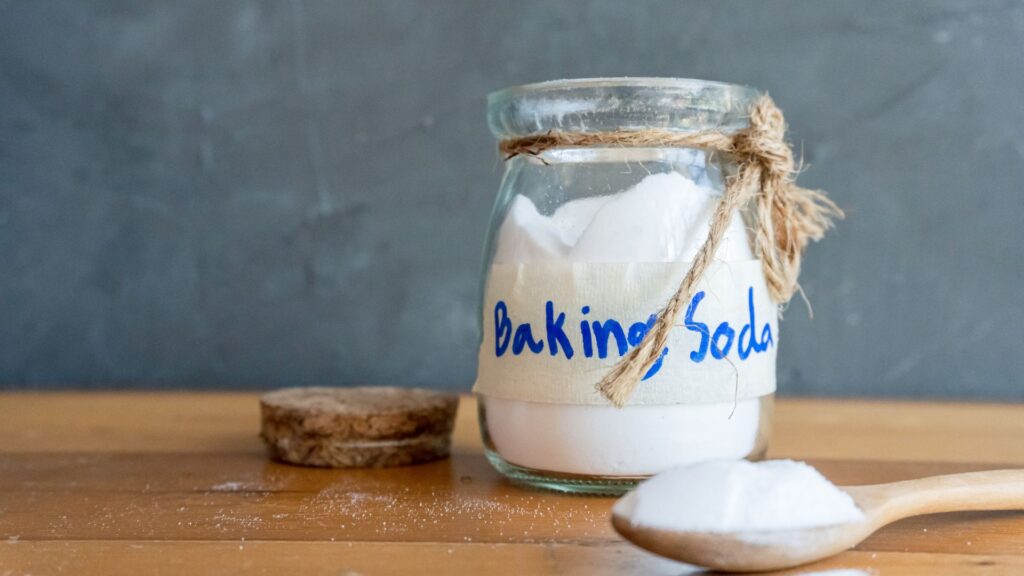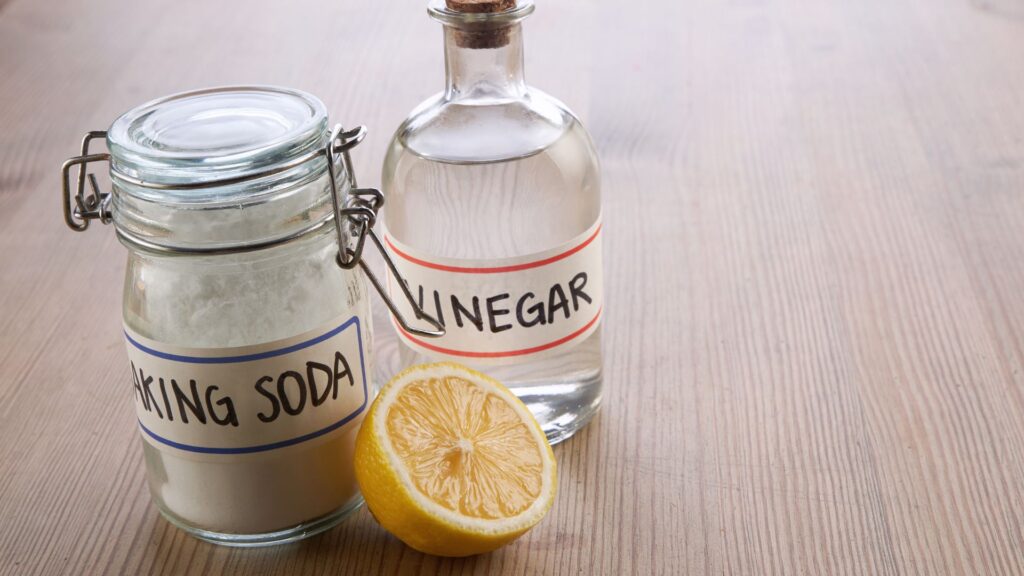I am a person who loves to drink fresh juice every morning. You know that it’s the price that one must pay for the joy of juicing, which is cleaning the juicer.
Now, I have stood at my juicer, facing the machine that has just served me a glass of green heaven, and I have said to myself, “I’m going to clean it later. It’s not a big deal!” You will be disappointed: It is not.
Letting the dried pulp and juice sit on your juicer equals the way of tormenting yourself when using your juicer. Take my word for this issue is the one that I have painfully come to understand.
But don’t you worry! I’ve tried all the methods, tricks, and hacks to get my juicer as fresh and clean as possible and safe to drink the extracted juice. I’ll tell you how I clean the juicer, about the gunky buildup in it, and how I use baking soda and vinegar, which I find work easy.
How to Clean Juicer Buildup

Honestly, sometimes you can’t clean the juicer machine right away. Perhaps you were in a hurry or just too lazy to do it (like me) at the time. However, you end up with dry pieces of pulp that look like they got stuck on every part of the machine.
When such things occur, I immediately pull apart everything, all the things that can be separated are pulled apart. Next, I put hot water, with soap, in the sink and then put all things in it to soak for a while.
This is the main thing! If you try to scrub right away you will stay scrubbing for what seems like an eternity. Leaving the components in water for 20-30 minutes makes the hardened paste softer and thus way easy to clean.
Following the soaking process, I take the little brush that came with my juicer and start the cleaning of it. And if it is lost (which is more usual than I would like to acknowledge), I use an old toothbrush.
It is the same as the original one! But instead, I prefer to get those spots cleaned that pulp usually gets stuck in, such as the filter and the chute. If it is tough to stick to the small parts, I wet the brush in baking soda. This trick actually works.!
How to Clean a Juicer with Baking Soda

By now, baking soda has become my first choice for most of the cleaning work in the house, and cleaning the juicer is one of them.
When I have a tough time weeding out that stubborn stuff on my hands that usually comes after I juice beetroot or carrots, baking soda works best for me.
What I do
I create a basic solution by combining a small quantity of baking soda with water. Next, I spread that paste over the areas with the most buildup.
Let it sit for 10 minutes or so (At this time I am guaranteed a clear kitchen or I just browse on my phone — no judgment here).
After the soda has activated for a while, I take a brush and clean it. Honestly, it’s magical to see how it cleans out the gunk off so easily.
This hack is best used on the juicer’s “suck-like” mesh filter, which the juicer machine naturally attracts into the pulp, holding it back like a storehouse for later. Baking soda paste can clear these tiny holes and thus get rid of the dirt without causing the filter any harm.
But you have to wash the remains of the baking soda off very carefully so that no piece is left.
“According to Healthline, you can use baking soda as a particulate remover and as a gentle abrasive, so you can remove those buildups of pulp easily without ruining the surface of the juicer.”
How to Clean a Juicer Machine Filter

The problem of their filter is difficult to deal with, no doubt. Whether it is the juicer’s pulp catcher or the sad part, it is cleaning it after a few use times as it could be extremely clogged. I used to hate cleaning it, but now I’ve come up with a system that works.
The first thing I do after finishing my juice is to remove the filter and put it in the hot, soapy water. If I only let the juice extractor sit for a quarter, the pulp turns into cement. Therefore, soaking is necessary but for a correct period of time!
Firstly, I left it to soak, and then, with my reliable brush, I treated the two faces of the filter by gently rubbing them. If some fruits are still hiding that I am holding onto for dear life with them, I pull out the baking soda.
I throw it onto the filter and rub it again. Such a technique as likening and baking soda makes even the stubborn bits to come off pretty easily.
One cool thing I come across is this: after washing, take the filter and put it close to a light source. You should see the light move through the grid. In case, the blockage is still remaining, keep cleaning or repeat the other process.
If the filter is clear of all the dirt, the juice will flow into the outlet easily, and you will feel the difference in the juicer’s performance when the filter is not stuffed with gunk.
How to Clean a Juicer Machine with Vinegar

First, let’s tell you about vinegar. For me, it’s a miracle worker for cleaning, similar to a Swiss army knife. Every time I get mineral buildup (mainly due to excess eating), like hard fruits and vegetables, juice is my number one tool. It is advantageous and efficient in cleaning other household items like floors, glass, and the oven.
How I do it
I make a solution of half water and half vinegar where the detachable parts are to be placed in it, and then I let them soak in it for 30 minutes. The acid contained in the vinegar assists in the breakdown of any deposits that have built up, while the method of also clearing smells is simply logical.
There are instances where it would still have a way that smells after juicing savory fruits and vegetables, e.g., celery or kale, with my juicer. But, using vinegar frees it from the smell in a moment.
After soaking, I have everything cleaned with a brush as I normally do, but wash it thoroughly too, in order to ensure there are no remaining traces of vinegar. I believe I mentioned once how no one would want the juice they make to taste like salad dressing.
Besides, if I need an extreme cleanliness sometimes, I can cause vinegar through the juicer itself (not with fruits or vegetables, of course) and then flush it with water. This way everything is clean.
“A writer on the Blog named The Kitchn recommends that vinegar is a powerful tool for scrubbing off mineral stains. Through their advice, I have also used it, and it is so amazing that juicing gets the job done for those hard fruits like apples and carrots.”
My Juicing and Cleaning Routine
I will first say never to put off a good clean. I have now tried the removal of dried pulp after the deadline.
After using the juicer, I quickly wash all the parts, and once a week or so, I’ll get a deep clean session done using either vinegar or baking soda.
If you clean the juicer regularly and properly rather than replace parts when they fail, the machine will serve you for years. If the screen is clean and the machine is free from residues, the taste of the juice is very tasteless, and you don’t have to confront the occurrence of the leftover old flavor in the glass of recently made juice.